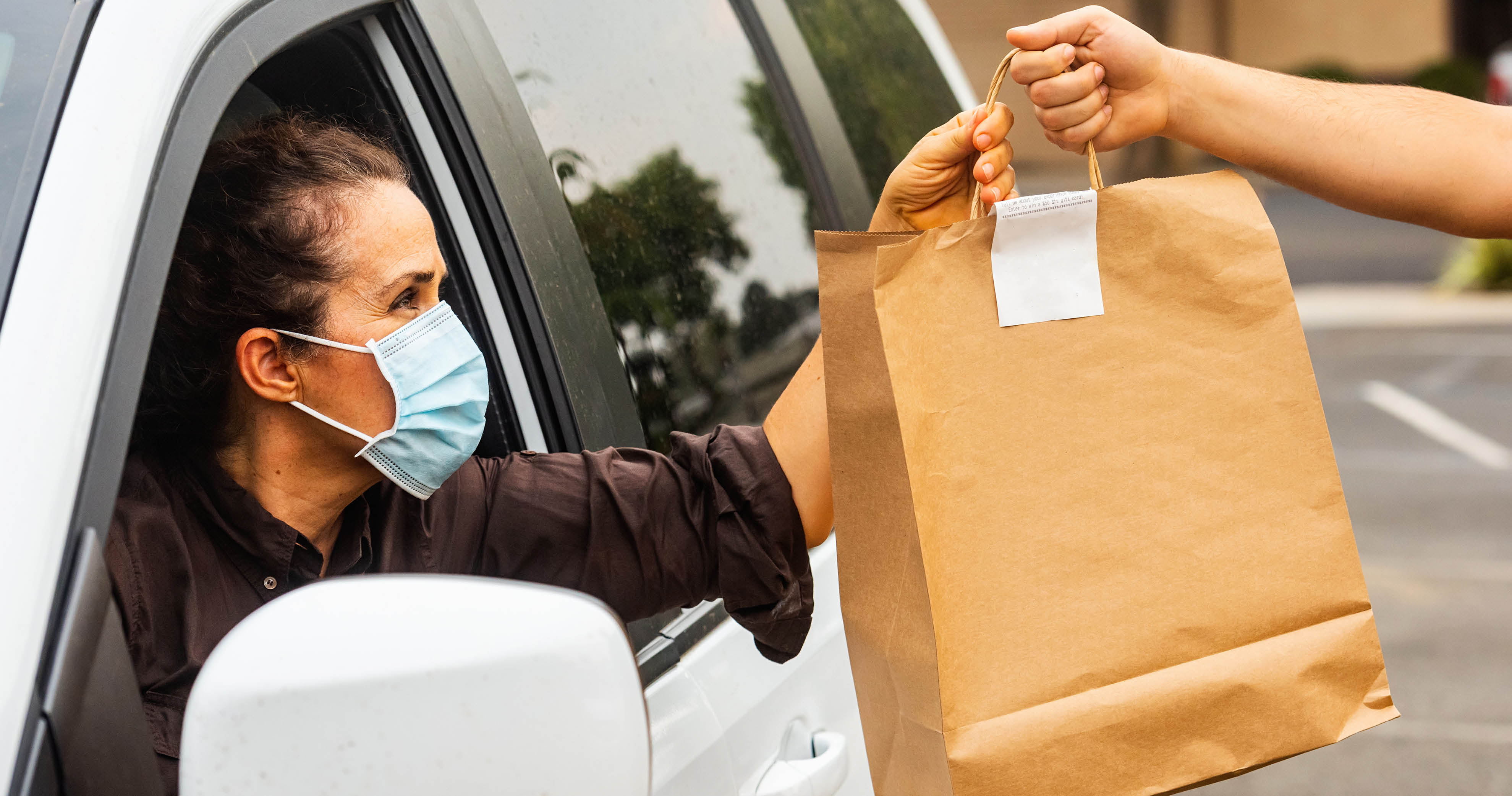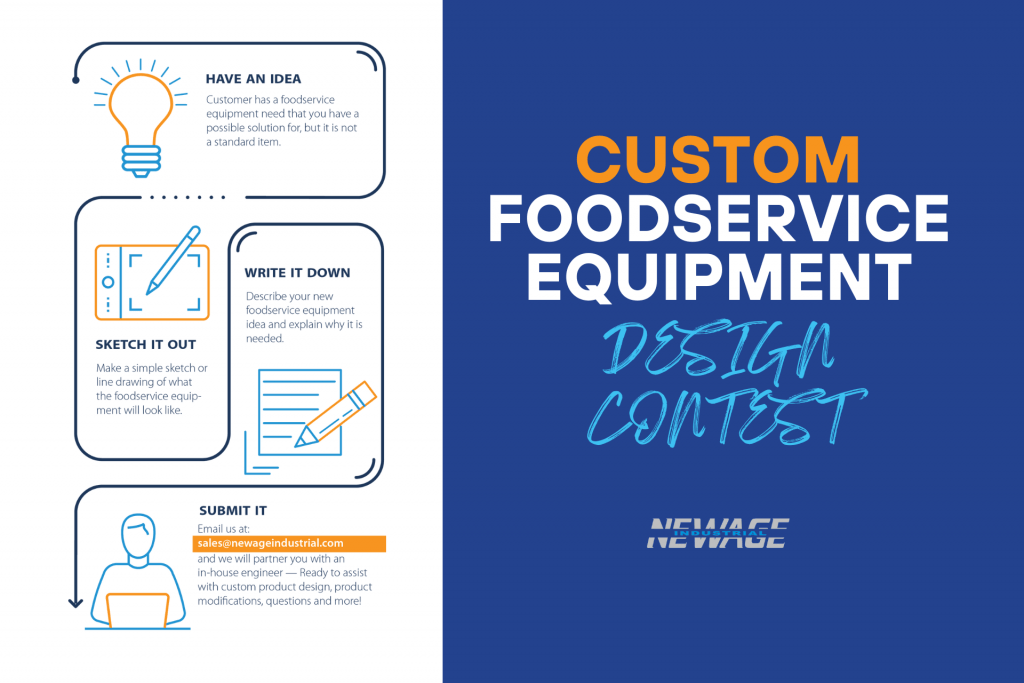
Convenience stores, known colloquially as c-stores, with foodservice programs have a chance to benefit from the blows dealt to their restaurant competitors, but they need to adjust their approach to align with new realities.
“The hardest change any operator has to make is to change the mindset of ‘business as unusual,’” says Arlene Spiegel FCSI, president of Arlene Spiegel & Associates in New York City. “Everything that was part of ‘normal’ operations has to be looked at and modified through the lens of Centers for Disease Control and Prevention and state regulation guidelines. That includes all of the basics – purchasing, receiving, storing, preparing, merchandising and selling products. It includes safety and sanitation of equipment, staff and contactless packaging.”
C-stores, Spiegel notes, have a particular challenge in that their premises are often small and lack the necessary space to allow for adequate safe distancing of staff or customers. “Many have been able to create a safe line-up outside their venues, including in parking lots,” she says.
Technology has made business possible through the use of QR codes, mobile ordering, third-party delivery apps and safe curbside pick-up. “Those operators who adapted actually thrived in this environment, especially the drive-thru c-stores. The ‘new normal’ for operators that embrace and master the new challenges can lead to a new prosperity model,” Spiegel adds.
The great equalizer
Whether or not c-stores in general have thus far adjusted well “depends on the level of foodservice that they had in the first place,” suggests Armand Iaia FCSI, the Chicago-based regional manager for Cini•Little International in Des Plaines, Illinois. “Some just had snacks and did not have to do much at all. Others that had more elaborate food ended up decommissioning equipment items because they just would not meet the new regulations.”
With the presumption that vaccines will allow things to return to normal in a year or so, Iaia says: “Any changes should be enough to get through the year providing enough minimal service to the patron. Most people understand the reason for the change.” He advises operators not to offer self-serve food that is not pre-packaged.
Ironically, the Covid pandemic can serve as a “great equalizer” when it comes to foodservice, according to Rudy Miick FCSI, founder and president of The Miick Companies in Boulder, Colorado. “With limited access into a store, or curbside/at-the-door service, suddenly a Subway/Jimmy Johns, a Panera, a Golden Corral, an Olive Garden, a five-star restaurant and a 7-Eleven, Mini-Mart or Chevron partner all have the same guest experience opportunity. The customer has to walk up, open a door – or not – give an order or pick something up quickly and go,” he explains.
“Strategically, stores need to morph even faster to foodservice as more and more restaurants close,” says John Matthews, president and CEO of Gray Cat Enterprises in Raleigh, North Carolina, a strategic planning and marketing services firm that specializes in the restaurant, convenience and general retail industries. “There is clearly a race for share-of-stomach, and the starting gun has already sounded. Consideration needs to be made in the safety procedures around foodservice handling, social distancing queuing, pickup/delivery options and non-traditional concepts. Could the store-of-the-future be a mini warehouse?
“How this all plays out will be a moving target, but c-stores need to overhaul their strategic capital expenditure going forward.”
Changing operations
While c-stores always adapt to local market areas, the following strategies are common to all locations that can advance foodservice programs.
Expanded transactions: With safety in mind, c-stores need to expand their transactions to include a combination of alternative checkout options. “Touchless via an app, curbside pickup keeping the customer from entering the store, and delivery all need to become viable options to address the wide-ranging perspectives of our customers,” says Matthews. “Many customers will feel fine coming into the store while others won’t go near you with a 10-ft pole. Options are a must.”
Cooking and food prep: Buddy Gillespie, director of culinary for JBH Advisory Group in New York City, recommends c-stores “get out of the cooking game entirely and be reheat-only. Convenience stores should do all they can to reduce any and all raw food production or cooking within their store locations and food production facilities. Utilizing the convenient, fully cooked proteins, such as those cooked with sous vide, is not only safer but reduces overall labor and skill levels needed. Purchase foods that are ready to heat and serve, such as fully cooked pastas and rice for bowl bases or completed sauces
that need no additional cooking or mixing.”
Meal solutions: Another opportunity for c-store operators to take advantage of is the increased demand for good quality prepared foods and meal solutions, says Spiegel. “Operators have expanded their current offerings and/or have partnered with restaurants and caterers to provide packaged meals to sell at their stores.” Equipment and supply companies have helped by supplying wayfinding signage and contactless serving equipment for hot and cold beverages, as well as PPE supplies and sanitation dispensers.
Sanitation: Eric Patterson, merchandising manager for Quick-Sav Food Stores in Flint, Michigan, which operates 25 Beacon & Bridge Market convenience stores across the state, believes c-stores “are going to have to really focus on cleanliness and have dedicated personnel to cook and prep food. The days of one clerk being able to service customers and maintain foodservice are gone because customers are paying closer attention to the quality of the food and the procedures taken to prepare that food.” In fact, Patterson is convinced c-stores are held to a higher standard when it comes to cleanliness and sanitation. “It will be a driving reason for customer retention.
If your stores are dirty and you aren’t taking all steps necessary to maintain a healthy environment, customers will notice and go elsewhere.”
Air: Open kitchens with maximum air flow are preferred in cooking areas. HVAC systems should also be maintained to ensure they are operating at maximum efficiency for best air flow.
Contact: Effort should be made to reduce physical contact wherever possible. Digital-ordering kiosks and ordering via smartphone can replace face-to-face contact, and grab-and-go self-service items can be limited to individually packaged products. There has also be an uptick in retailer desire for touchless equipment such as soda dispensers.
Curbside service: This will be a huge point of differentiation post-Covid, says Patterson. “If we want to reach a new customer base and maintain current customers it will be absolutely necessary to have this ability. If customers did not see the value in curbside before Covid, they do now. If they took/take advantage of other retailers’ curbside option during Covid, they will expect it post-Covid.”
Delivery: Patterson feels the options for delivery will continue to be limited in the c-store arena since traditional operators lack the capability to pay additional associates to be available for delivery service. “Single-coverage stores would turn into double-coverage stores, and there would not be any guarantee that delivery requests would come in.”
Apps: Retailers without an all-encompassing app in 2021 will be at a disadvantage for multiple reasons, says Patterson, missing out on opportunities from cigarette discounts and loyalty to digital coupon offers and curbside delivery.
Barriers: Physical changes such as barriers are “a definite yes,” says Iaia. However, “they need to be able to be removed easily when all of this is over.”
Employee training: Training programs must be upgraded to accommodate new realities. “Most definitely, if these employees have to do any kind of food handling,” says Iaia.
Signage: Shoppers, Iaia feels, “will appreciate a message that apologizes for any inconvenience and explains that the changes are in response to the virus and the store is doing this to ensure the safety of the customer.”
Howard Riell




